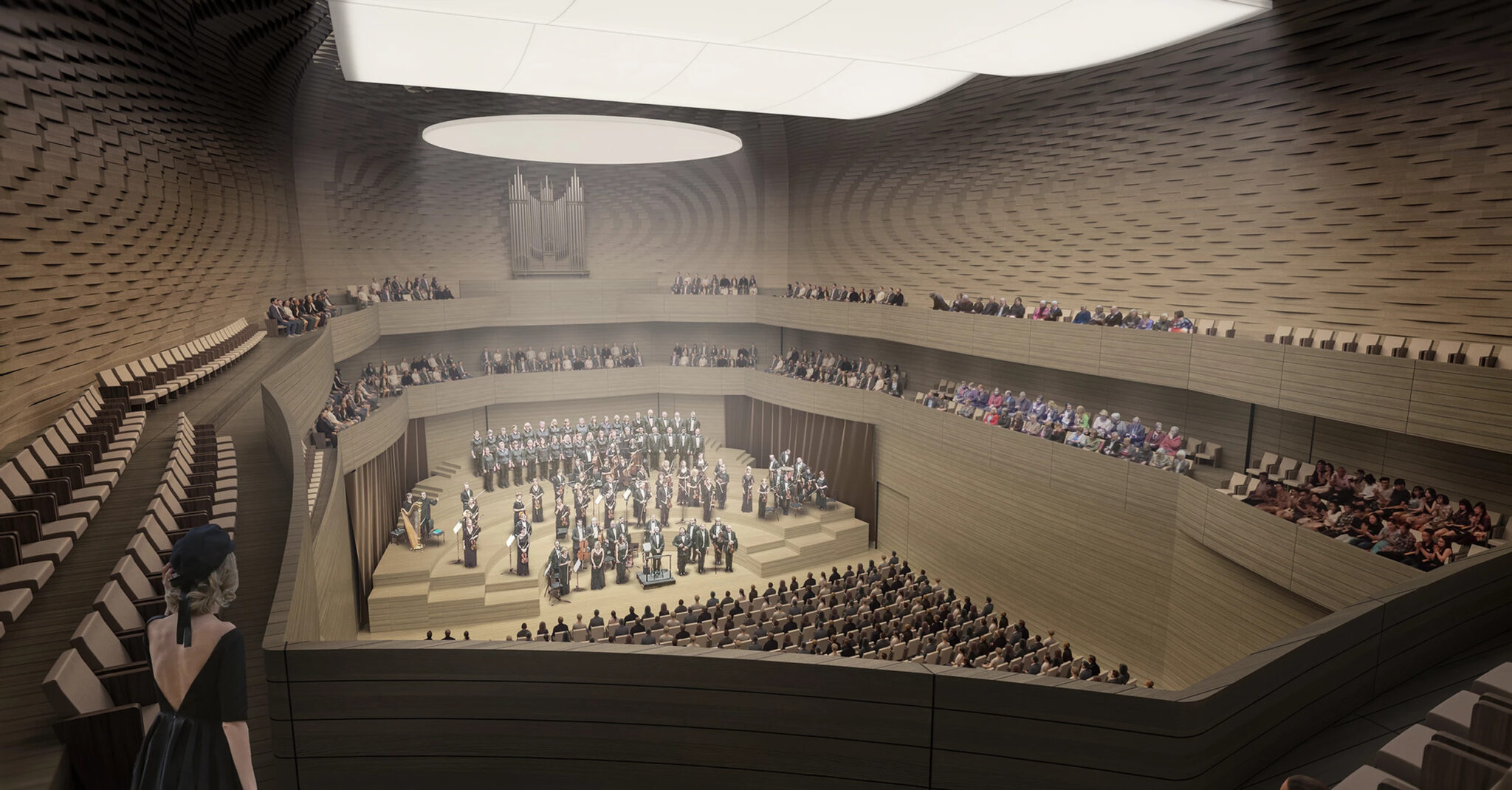Cultural
Cultural buildings are highly rewarding yet challenging to design. Often intended as landmarks, a cultural building celebrates community commitment to arts and culture; and the history and the place of its setting. But they are often highly technical buildings, weaving together multiple front-end requirements with support functions. They frequently have challenging requirements for specific user groups, flows, transport, light and acoustics, sight lines, environmental comfort, energy and sustainability.

Cultural buildings are highly rewarding yet challenging to design. Often intended as landmarks, a cultural building celebrates community commitment to arts and culture; and the history and the place of its setting. But they are often highly technical buildings, weaving together multiple front-end requirements with support functions. They frequently have challenging requirements for specific user groups, flows, transport, light and acoustics, sight lines, environmental comfort, energy and sustainability.
MOST Architecture relishes such complex projects, large or small; and the collaborative energy that they demand and create. Cultural projects commonly involve an extended range of consultants, and complex stakeholder structures, involving e.g. clients, funders, local authorities, professional and other end users, professional bodies, local community groups, and advisors for any of the above.
MOST enjoys building, working with, and leading such teams. Our past close collaborations include: Buro Happold environmental and acoustic; Max Fordham and Hoare Lea MEP engineers; Whitby Wood and DVP structural engineers; Charcoalblue theatre consultants; Markides Associates for transport; and UCL’s planning research unit for the art engagement programme. We have also collaborated directly with artists and universities on installation pieces.